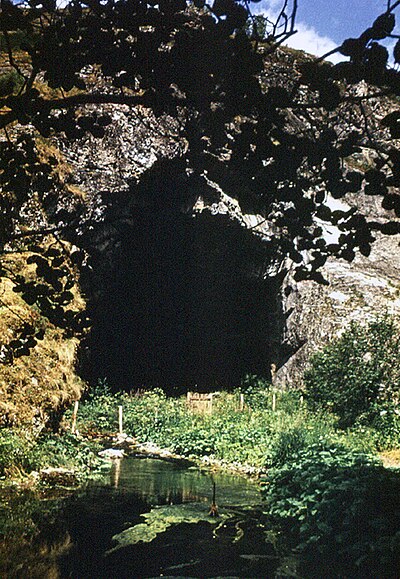бесплатно
Страна:
Регион:
Другие названия:
Значение:
Время визита:
Цена:
бесплатно
Почему Топ:
Пещера с наскальными рисунками, известная как Капова, объект ЮНЕСКО.
Описание:
One of the most beautiful caves in the Urals is called Shulgan-Tash in Bashkir and is located on the territory of a similar reserve. The three-level karst cavity with passages more than 3.3 km long has picturesque dripstone formations, halls and underground lakes. Kapova Cave became famous thanks to folk legends and rock paintings that were created in the Paleolithic era, that is, 14–14.5 thousand years ago. At the entrance, tourists are greeted by a huge grotto arch measuring 48 by 18 m. On the left is the Blue Lake, from which the tributary of the Belaya River, the Shulgan River, originates. On the stone walls, more than three-level images made with red ocher or coal are well preserved — mammoths, rhinoceroses, horses, bison, camels, complex for iconic signs and figures similar to a person.
The cave appeared due to the fact that the underground Shulgan River washed away rocks in the rock massif. The cave is multi-storey, that is, the corridors are located underground in several tiers. Scientists believe that the cave was named “Kapova” because there was a temple, that is, a ritual place of ancient people. And Shulgan in the Bashkir epic is the keeper of the underground kingdom.
On the walls of the ancient cave (it is more than a million years old) you can see unique rock paintings that date back to the Paleolithic era, that is, they are more than 14 thousand years old. Thus, these are some of the most ancient underground images in Russia. They are created with red ocher and coal. The drawings depict mammoths, horses and bison. In some places there are silhouettes similar to humans, and signs, the meaning of which researchers are still studying.
Nature reserve. Area: 225.31 sq.m.
Категории:
Темы:
Зачем посещать:
Интерес:
Физподготовка:
Лучшее время:
Доступ:
Roads:
Info:
Clothing:
for the season
Connection:
No

